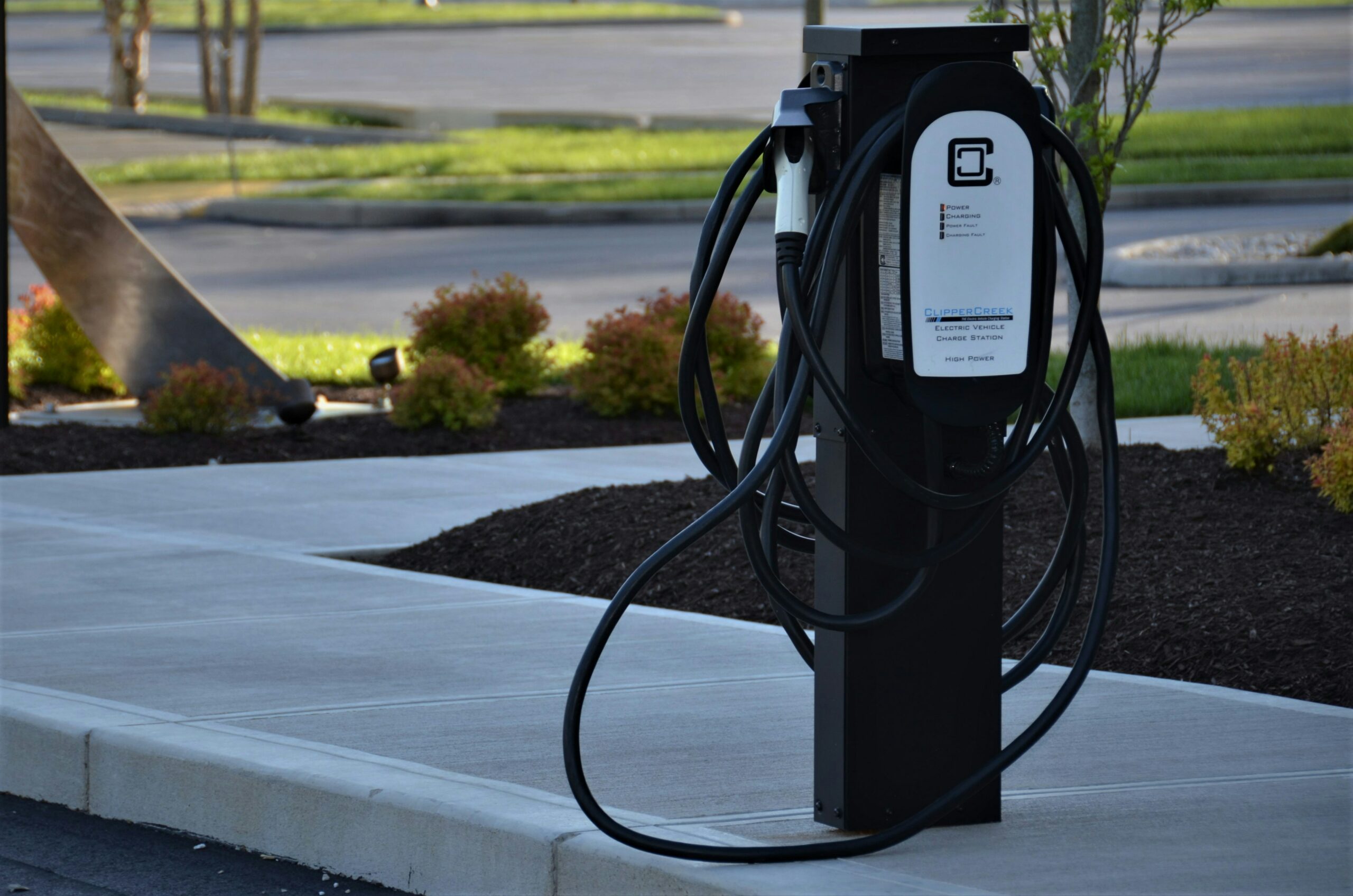
This blog was written by DDL RA Izzy Bukovnik with editing from Ella Feathers.
With the technical support of DDL Research Assistant Izzy Bukovnik, the City of Durham recently won a $4.8 million federal grant to install 20 new high-speed charging stations for electric vehicles. Durham’s grant is one of 47 such grants awarded across the country and one of only 11 “corridor” grants, or grants to build charging stations along federally designated “alternative fuel corridors.” Taken together, these grants represent a $623 million investment in alternative vehicle infrastructure made possible by the Bipartisan Infrastructure Law’s Charging and Fueling Infrastructure (CFI) Discretionary Grant Program.
The 20 new stations in Durham, organized into charging “hubs,” are part of a larger plan by the Biden administration to build a network of “alternative fuel corridors” across the United States. These corridors are designed to support “needed changes in the transportation sector” aimed at reducing greenhouse gas emissions by making it easier and more reliable to travel from place to place in an electric vehicle (US Federal Highway Administration). According to US Transportation Secretary Pete Buttigieg, such changes in charging infrastructure are necessary to meet an important Biden administration goal: half of new vehicles sold by the year 2030 are to be electric. The 20 new charging stations in Durham, a county in which multiple major highways cross paths, will help to achieve that goal.
In addition to supporting federal transportation plans, this grant will help Durham meet its Sustainability Goals. In addition to the emissions-reducing effects of electric vehicles, which will help to achieve carbon neutrality by the year 2050, the location of new charging infrastructure will also have equity-enhancing effects. According to the Biden administration, “more than 70% of the CFI [grant] funding… will support project sites in disadvantaged communities,” and this includes the stations planned for Durham.While the specific locations of the hubs have yet to be announced, equity considerations were an integral part of the planning process.
Sorting through the equity concerns and finding locations throughout Durham that met these requirements were a key part of Bukovnik’s contribution to the grant proposal process as a City of Durham Data Analytics Intern. Using geospatial analysis, census data, and data from the Department of Transportation’s Justice40 Initiative, Bukovnik was able to identify areas throughout Durham that met both the grant proposal’s technical specifications, such as being within a mile of major highways, as well as Durham’s equity considerations. The technical analysis and accompanying visuals provided by Bukovnik helped to make Durham’s grant application competitive among a sea of applications. Durham is one of only two cities within the State of North Carolina to receive a grant in this round of funding.
In her research for the grant proposal, Bukovnik employed similar research strategies as DDL uses for our Urban, Environment and Social Inclusion Index. For example, our UESI uses a variety of indicators to measure how different areas within a city perform on a variety of environmental and social indicators. Similarly, Bukovnik created a number of indices for Durham to help determine which census tracts are disadvantaged, which can in turn help inform policy makers about the best locations for new EV chargers.
In the coming months, Durham City staff members are expected to share more details on the locations and timelines for the new EV chargers. With this grant, Durham is making great strides in implementing equitable and sustainable clean energy solutions to decarbonize and meet their sustainability goals.

Recent Comments